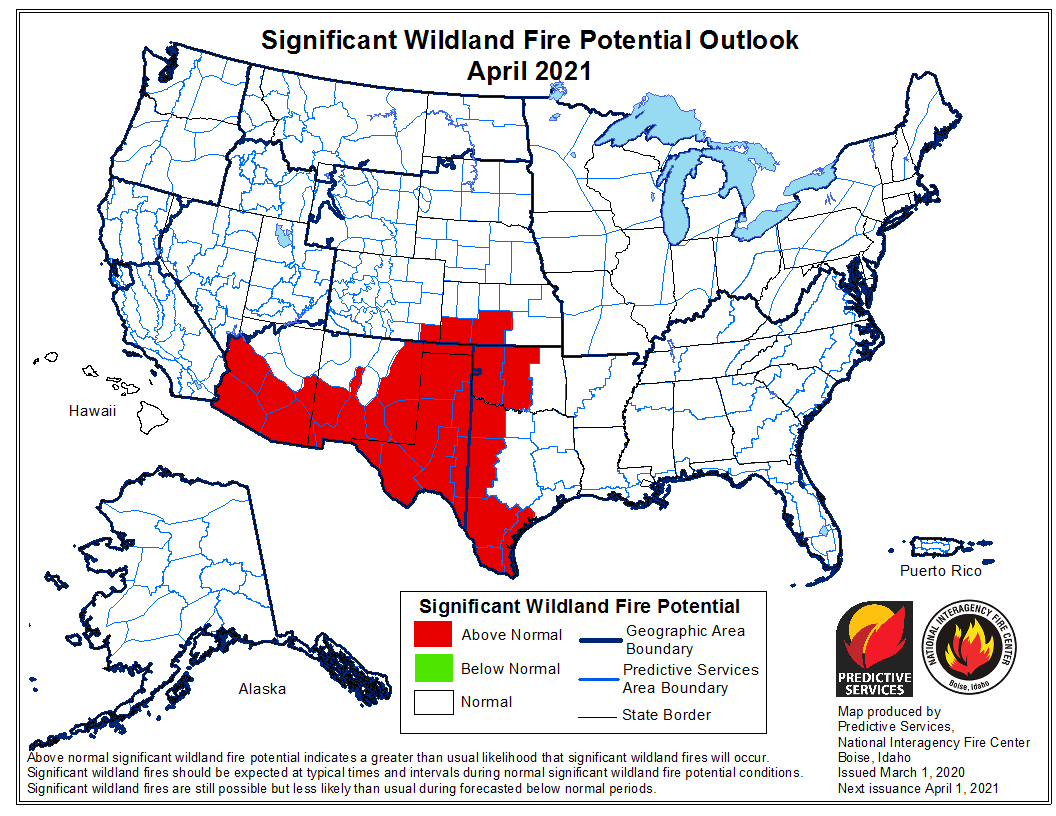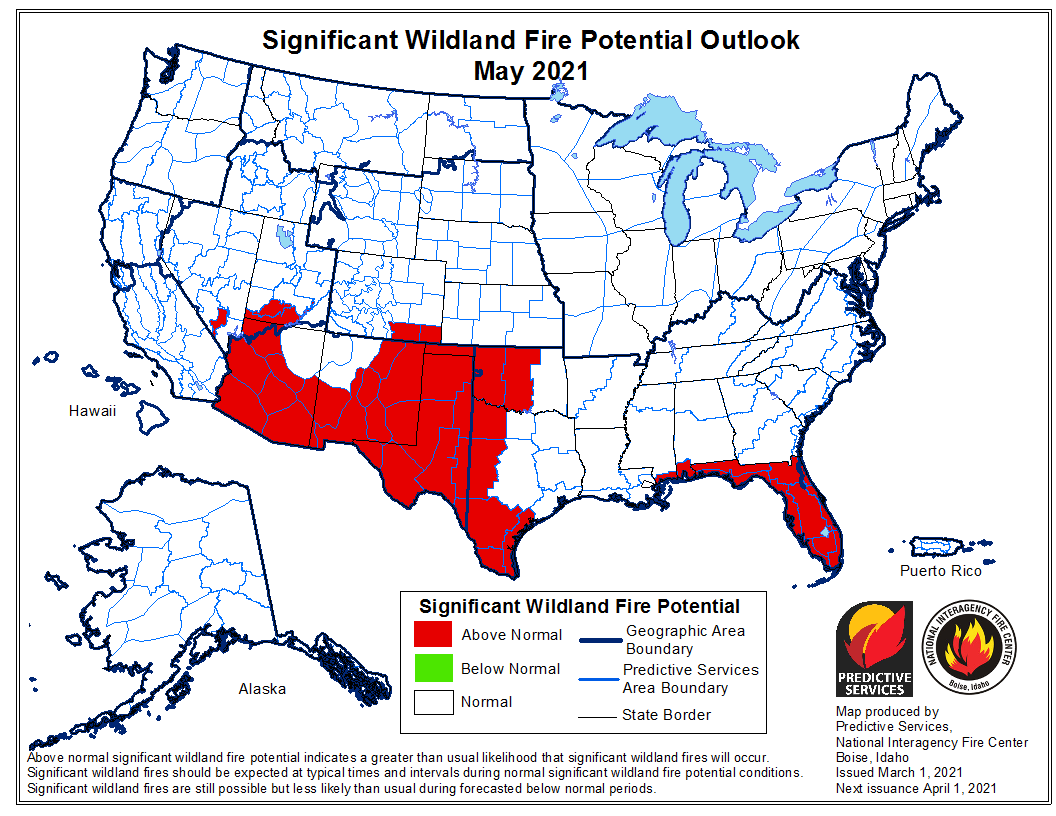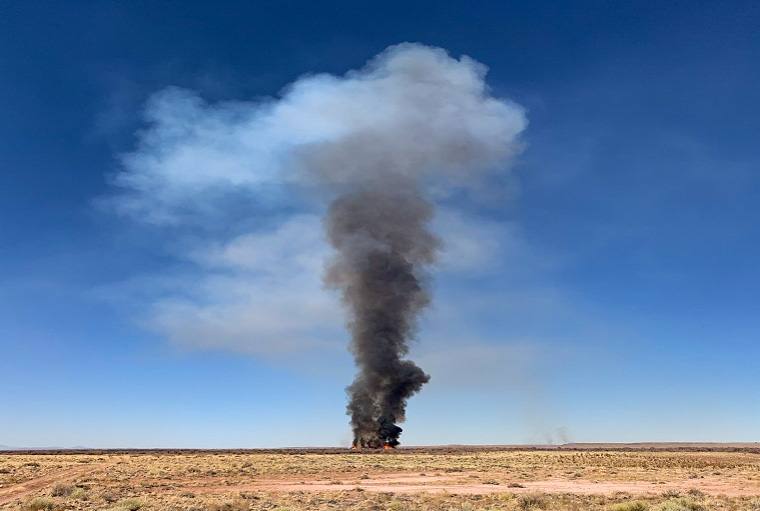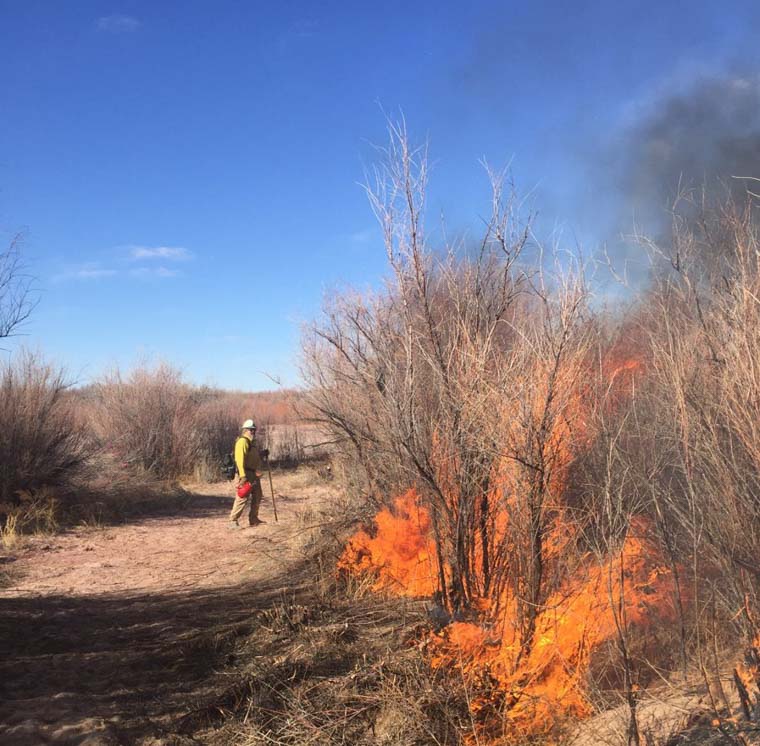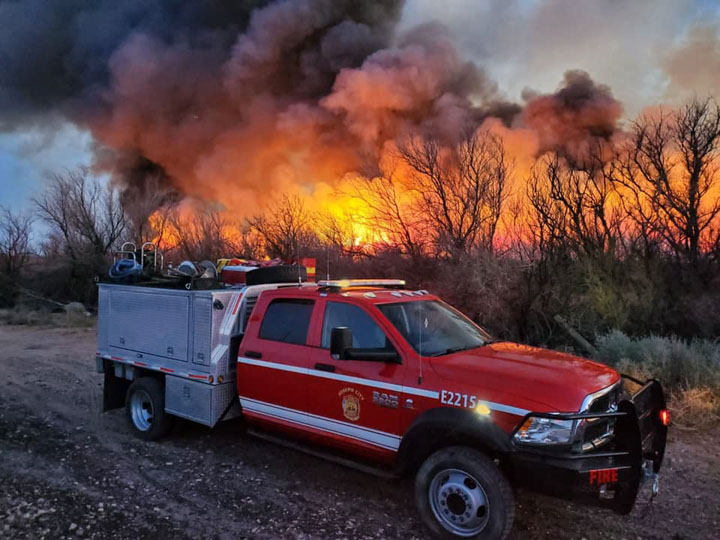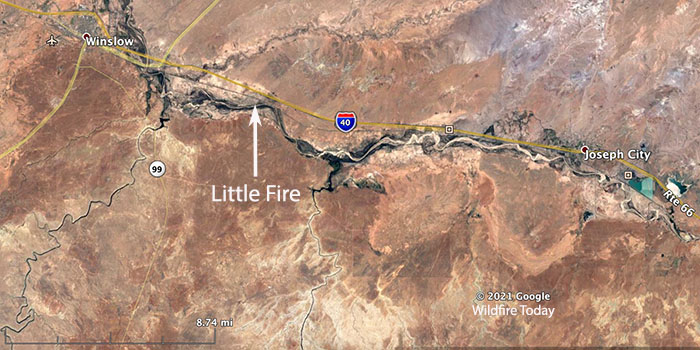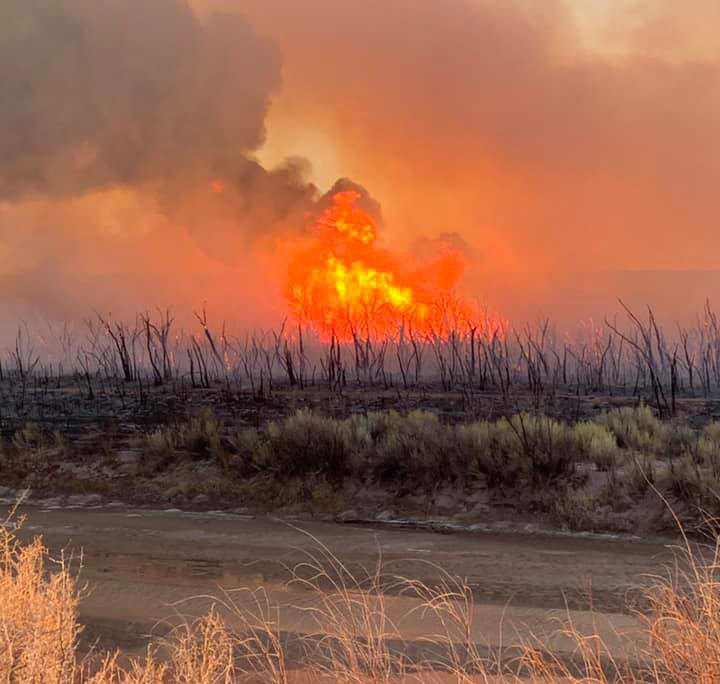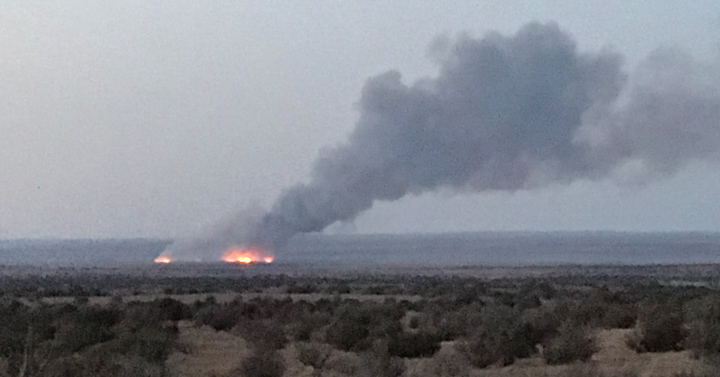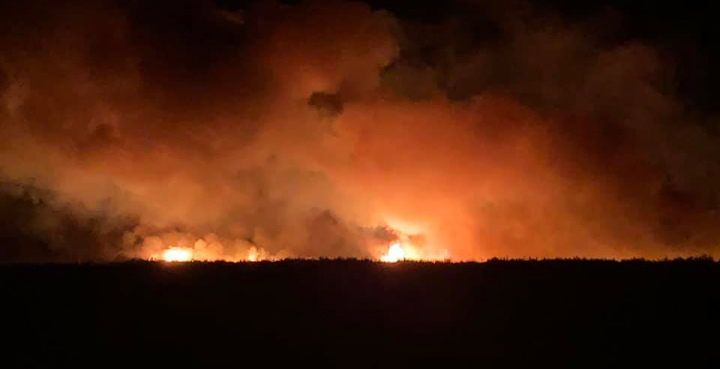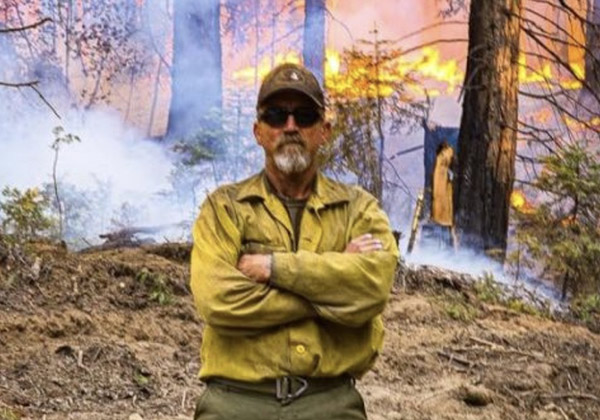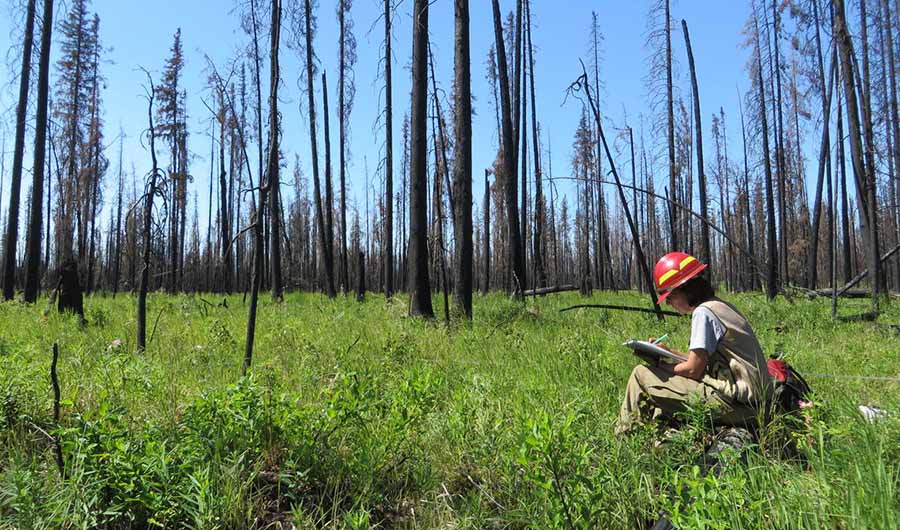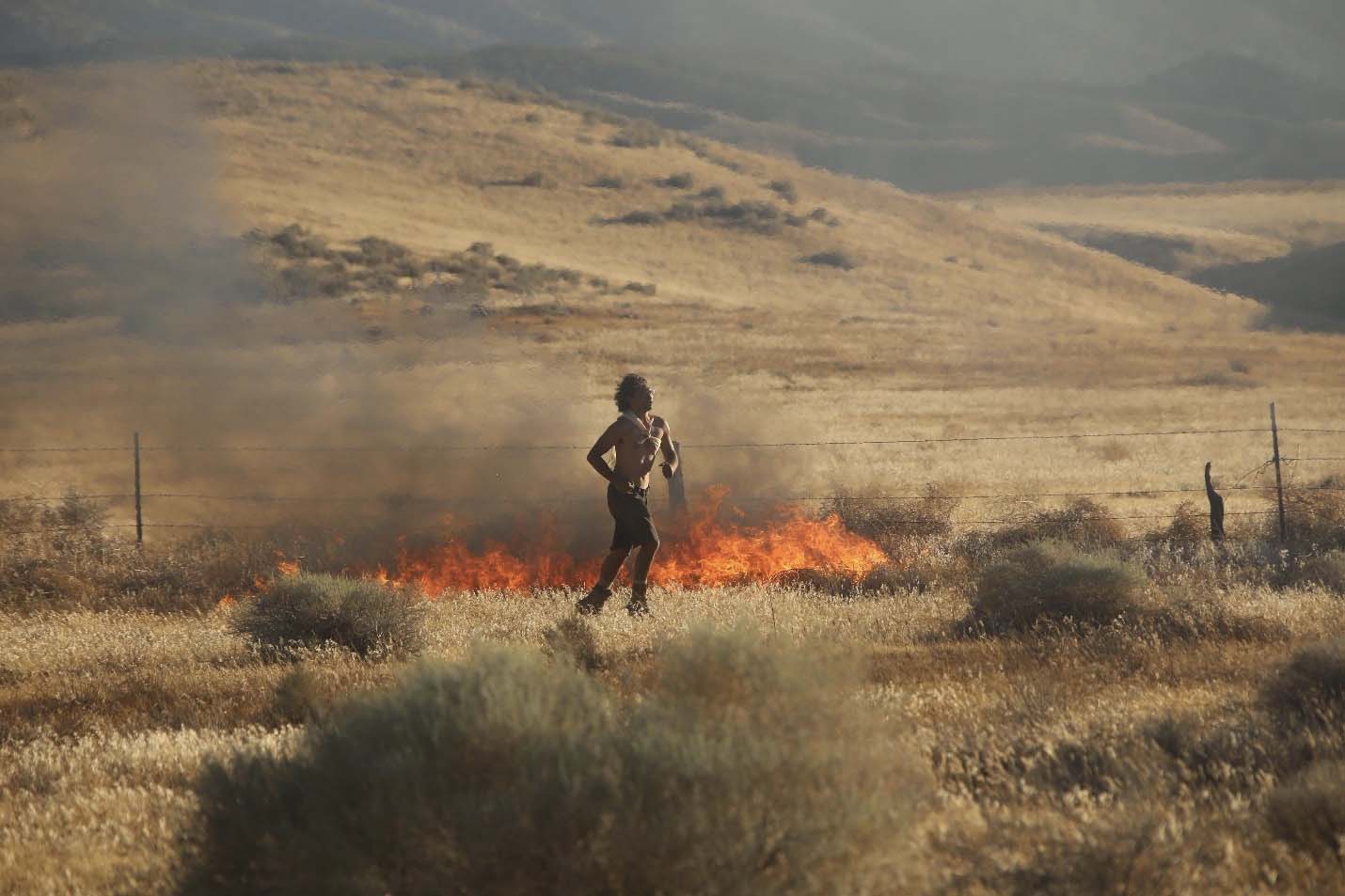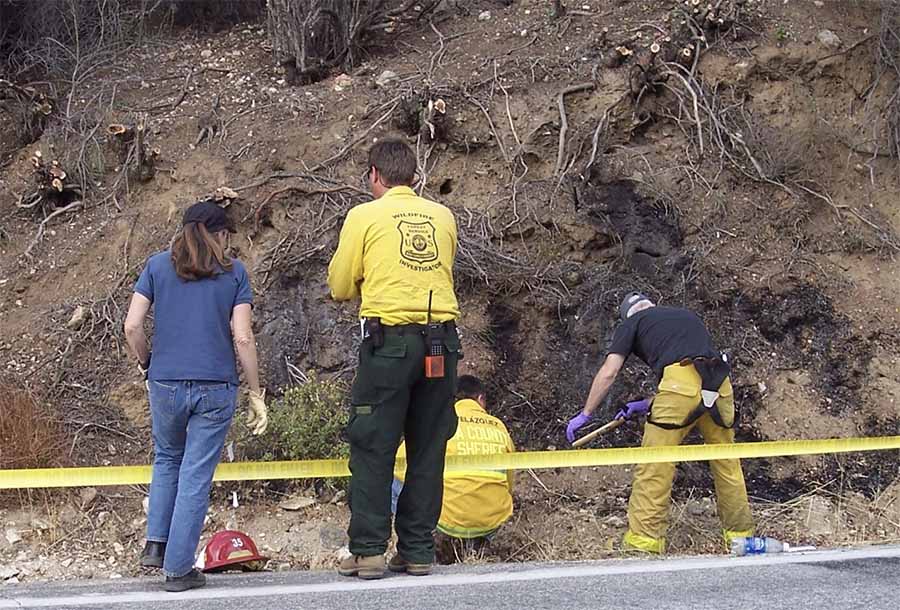The maps in the March 1 National Significant Wildland Fire Potential Outlook issued by the Predictive Services section at the National Interagency Fire Center (NIFC) are nearly the same as the maps for the same months distributed on February 1. It took me a long time to see a couple of minor differences in the ones produced 28 days ago. The outlook predicts wildfire potential will be higher than normal in the Southern Plains through June, 2021. This will include portions of Texas, New Mexico, Oklahoma, and Kansas. Arizona and New Mexico will have enhanced fire activity April through June, according to the forecast.
The entire southwest one-quarter of the United States is currently experiencing either abnormally dry, severe, extreme, or exceptional drought.
The data from NIFC shown here represents the cumulative forecasts of the ten Geographic Area Predictive Services Units and the National Predictive Services Unit.
Below:
- An excerpt from the NIFC narrative report for the next several months;
- More of NIFC’s monthly graphical outlooks;
- NOAA’s three-month temperature and precipitation forecasts;
- Drought Monitor;
- Keetch-Byram Drought Index.
“Below normal precipitation was observed across much of US with the driest areas in the southern California, the southern Great Basin, and western and southern Arizona. Additionally, parts of the Plains had well below average precipitation with wide expanses of snow-free areas. Much of the western snowpack is near to above normal, but notable below normal locations include the Sierra and Southwest. Record setting cold temperatures developed across the central US during the first half of February leading widespread snow cover. Due to these cold temperatures, much of the US experienced well below normal temperatures for February except the Great Basin, California, the Southwest, and Florida.
“A weather pattern consistent with La Niña will likely continue through spring across the US. Drought conditions are expected to continue for much of California, the Great Basin, and the Southwest into summer with drying expected to increase across portions of the Plains and Florida. Drought conditions across the southern half of the Intermountain West and southern High Plains are likely to intensify.
“Climate outlooks show normal to below normal significant fire potential is likely for large portions of the Southeast, Ohio Valley, Appalachians, and into the Mid-Atlantic through March. However, significant fire potential will increase across Florida and parts of the central Gulf Coast in April with above normal significant fire potential anticipated in May and June.
“Above normal significant fire potential is expected during spring across the Southwest and southern Plains due to background drought and forecast drier and warmer than normal conditions. Lower to mid elevations in the Southwest are favored to have above normal significant fire potential beginning in March and April. Most of the southern Plains are forecast to have an active spring fire season before green-up. By May, much of the Southwest and portions of the southern Great Basin are likely to have above normal significant fire potential with all the Southwest geographic area and most of southern Colorado forecast to have above normal significant fire potential in June.”
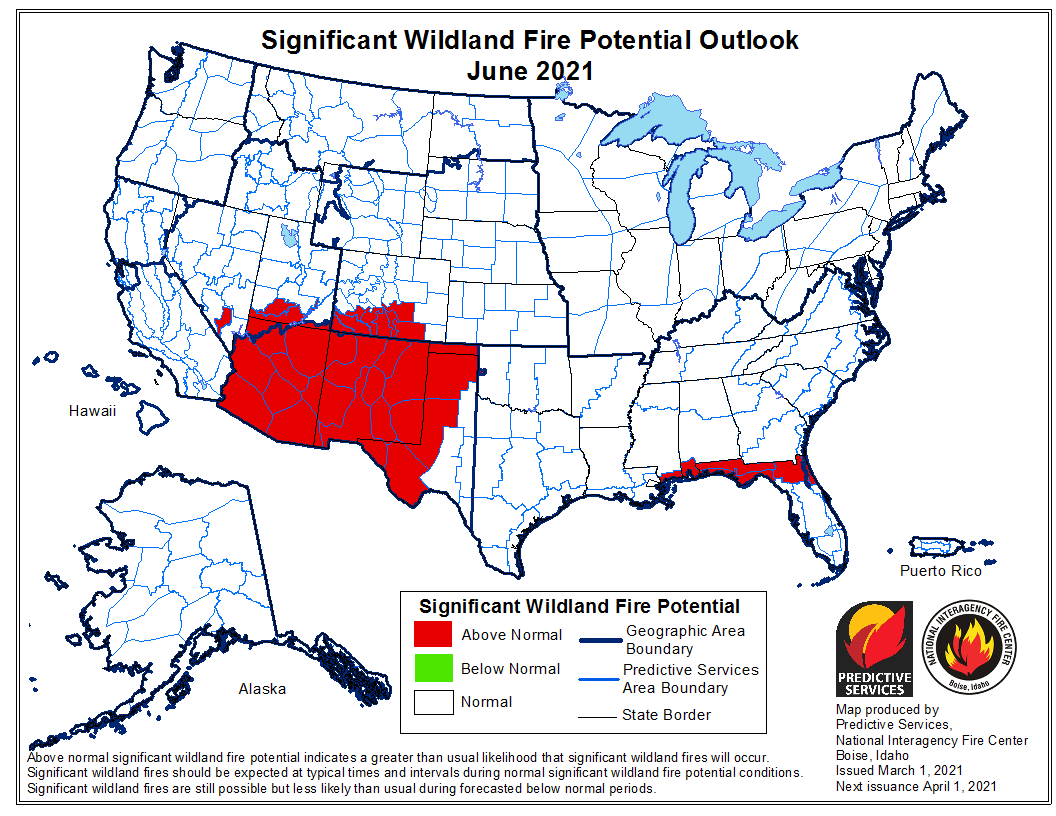
Continue reading “Forecasters predict enhanced wildfire conditions in the southwest through June”


